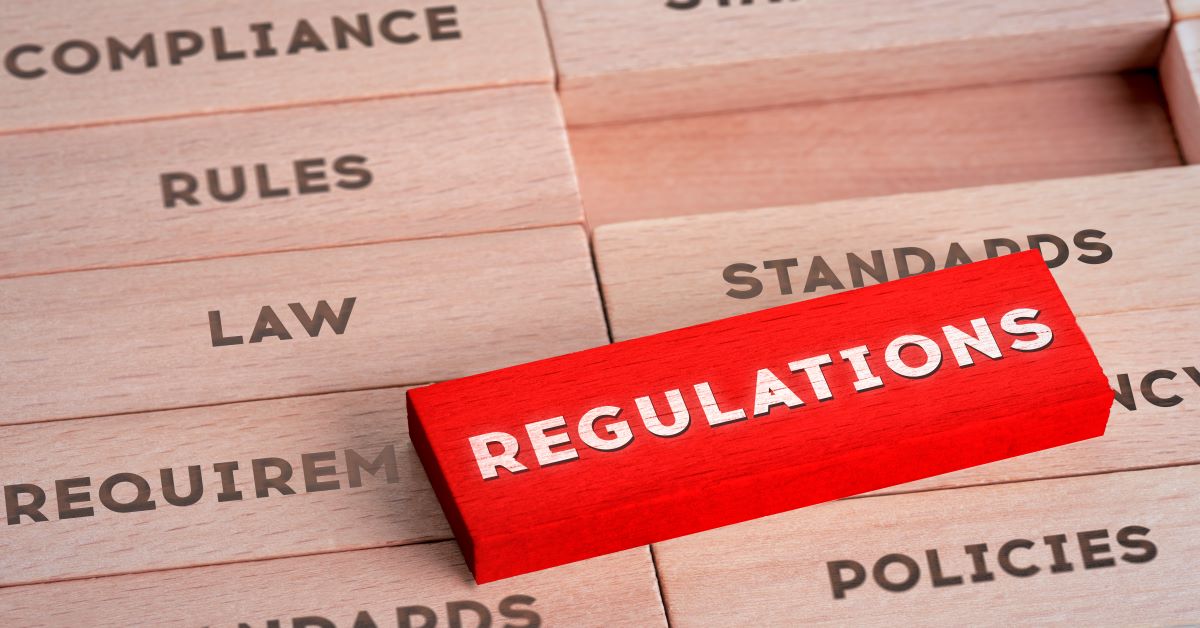
30 Nov 2019 Home Health Regulations
Home health is a dynamic industry that requires constant review of regulations changes. In 2018 the industry experienced a major update to the Conditions of Participation including revisions to the plan of care and comprehensive assessments. So far 2019 has brought a fairly high level of arguably drastic changes. In this article we will highlight some of those changes, and where relevant point out any direct impact to your Home Health Software or your agency’s operations as whole.
An Overview of 2019 Regulations Changes Affecting Homecare Agencies, Home Health Software, & Caregivers
Re-certification Statement Removed
One of the biggest burdens Home Health care agencies and their physicians had to endure was the requirement of an additional attestation from the physician which required the physician to specify how much longer they anticipated home care services would be required for Re-certifications only. Homecare Agencies had to figure out the most effective method to meet the condition such as including an additional statement with the certification statement, which may not always be visible to the certifying physician. Effective January 1, 2019, this requirement was eliminated. Agencies are no longer required to obtain the Re-certification statement. More information can be obtained from https://www.cms.gov/Outreach-and-Education/Medicare-Learning-Network-MLN/MLNMattersArticles/Downloads/SE1436.pdf
OASIS D
For comprehensive assessments completed on or after January 1, 2019, agencies were required to complete the new OASIS D. Alora’s Home Health Software automatically determines the OASIS type based on the M0090 date. If you created the assessment with the wrong M0090 date, you will have to delete the assessment and recreate it with the appropriate M0090 date. CMS has removed 28 assessment items from the current OASIS C2 assessment, revised 7 items, and added 6 new items. Don’t be fooled by the math however. One of the new items requires up to 20 responses. The new items focus on falls, prior functioning and prior device use, self-care and mobility. You may review the newest OASIS D from https://www.cms.gov/Medicare/Quality-Initiatives-Patient-Assessment-Instruments/HomeHealthQualityInits/Downloads/draft-OASIS-D-Guidance-Manual-7-2-2018.pdf
FIPS State and County Codes
In the new CMS Home Health Agency Billing Manual, they added an additional Value Code to be included on the claim, which represents the patient’s Federal Information Processing Standards (FIPS) State and County Code effective for episodes and visits ending on or after January 1, 2019 and was implemented on January 7, 2019. The Value Code for CBSA is still a required item as well. Home Health services furnished in a rural area determined by the FIPS State and County Code were informed that they may receive an increase in payment. You may obtain a list of the FIPS State and County Codes from the United States Census Bureau at https://www.census.gov/programs-surveys/geography.html. More information regarding this update is available at https://www.cms.gov/Outreach-and-Education/Medicare-Learning-Network-MLN/MLNMattersArticles/Downloads/MM10782.pdf. The updated Medicare Claims Processing Manual can be accessed from https://www.cms.gov/Regulations-and-Guidance/Guidance/Transmittals/2018Downloads/R4106CP.pdf.
Remote Patient Monitoring
Don’t get too excited. CMS is still not reimbursing home health for remote patient monitoring but they are allowing agencies to report the costs as an allowable administrative cost on the HHA cost report. CMS believes that promoting innovation through remote patient monitoring will encourage home care agencies to adopt the technology. Currently, these costs were associated as direct costs associated with telemedicine on the cost report. By reporting them as part of the operating expense (administrative cost), they will be factored into the cost per visit for improved assessment of home health costs related to payment. Remote patient monitoring has been newly defined under the Medicare home health benefit as ‘the collection of physiologic data (for example, ECG, blood pressure, glucose monitoring) digitally stored and/or transmitted by the patient or caregiver or both to the home health agency.
Request a Home Health Software Demo
Other Notable Items
The final rule also includes the elimination of therapy thresholds for payment for dates of service starting on or after January 1, 2020. Also effective in 2020 is the change in the unit of payment from 60-day episodes to a 30-day period.
For a complete list of the final rules, you can review the document at https://s3.amazonaws.com/public-inspection.federalregister.gov/2018-24145.pdf
For more information on new regulations affecting agencies, home health care industry news, or on Home Health Software technology, email us at Info@Alorahealth.com
The Alora Home Health Blog
Read the Alora blog to learn more about the Home Care Software industry, including recent news, articles and commentaries, as well as other issues that pertain to Homecare in the U.S and beyond. For more information on our blog, or for questions or feedback, please send us an email to HomeHealthSoftware@AloraHealth.com

No Comments